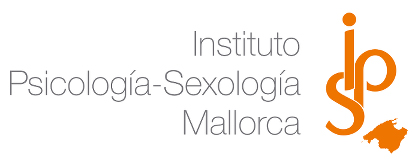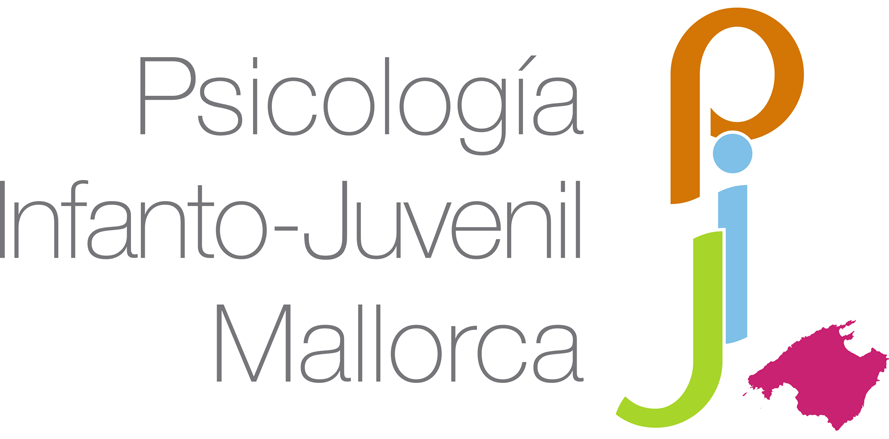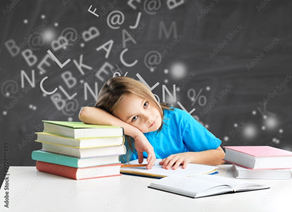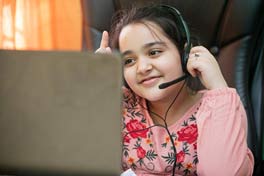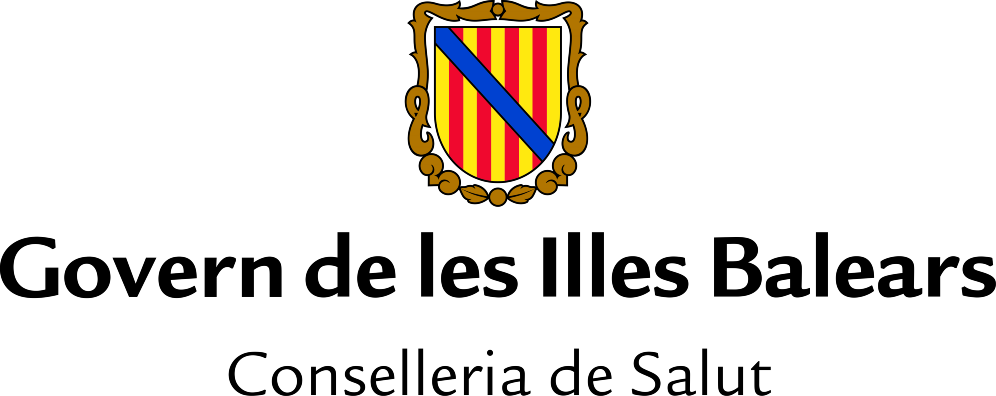
What is dyslexia in children?
The term “dyslexia” covers any difficulty in acquiring reading and writing skills, manifesting as difficulty in learning to read, regardless of educational, sociocultural factors or skills in other areas.
Considered a neurobiological disorder, dyslexia affects individuals from school age to adulthood. Its classification as a reading disorder is based on specific criteria evaluated through individual tests that measure comprehension and accuracy. This disorder negatively impacts academic performance and daily activities such as recognizing words, understanding what they read or writing coherently.
In addition, factors such as IQ and life history are considered to rule out possible links with cognitive deficits or risk factors during development.
According to the Diagnostic and Statistical Manual of Mental Disorders (DSM-5), depending on the academic areas affected and the possibility of compensating for the deficits with adequate support, three levels are established: mild, moderate or severe.
– Mild level: They present some difficulties related to learning skills in one or two academic areas but mild enough that they can be compensated with appropriate supports or appropriate adaptations are applied in the school environment.
– Moderate level: They present notable difficulties in learning skills in one or more academic areas, such that the individual will need significant help in the academic area, such as intensive support and adaptations throughout school age.
– Severe level: Serious difficulties in learning skills that affect several academic areas, such that the individual will need very significant help, with constant, specific, individualized and intensive teaching throughout school age.
How prevalent is it?
Dyslexia is a fairly common learning disorder. It is estimated to affect approximately 5-10% of the general population, although some research suggests it could be even higher, reaching up to 20% in some cases. Incidence can vary by region and the methodology used to diagnose it.
It is important to note that dyslexia is not limited to a specific group of people; it can affect children from different backgrounds and socioeconomic levels. In addition, it often occurs alongside other learning disorders or difficulties, which can complicate its diagnosis.
Symptoms and examples of childhood dyslexia
Dyslexia can manifest itself in different ways in each child. Some common academic signs include:
1. Difficulties with reading: They may have trouble recognizing words, reading aloud fluently, or understanding what they have read.
2. Problems with writing: They may reverse letters or words, have poor spelling, or have difficulty organizing their thoughts in writing.
3. Language difficulties: Some children may have trouble finding the right words when speaking or following complex instructions.
4. Poor academic performance: Despite having a good level of intelligence, they may have difficulties at school, especially in subjects that require reading and writing.
On the other hand, dyslexia is often accompanied by behavioral and emotional problems such as instability, lack of discipline, resistance, passive or aggressive attitudes, rejection of school, isolation and a feeling of inferiority.
These characteristics, often underestimated, play a crucial role in the evolution of the clinical picture. The most common errors, such as blaming the child for their poor academic performance or attributing the cause to psychological problems, can negatively affect their self-perception, confidence and self-esteem.
In addition, the concerns and frustrations of parents in the face of their children’s obvious difficulties could impact the emotional state of the child with dyslexia. Therefore, dyslexia not only affects the child’s learning, but also their emotional state and that of their family. Providing emotional support and coping strategies is critical to helping everyone involved navigate this challenge as best as possible.
How to help a child with dyslexia?
Here are some strategies that may be helpful:
Early intervention: The earlier dyslexia is identified, the more effective the support will be. Specific reading programs can help improve skills.
Multisensory methods: Using different senses (sight, hearing, touch) in learning can be very beneficial. For example, using sandpaper letters for children to touch while saying them out loud.
Supportive technology: There are many apps and tools that can help children with dyslexia, such as text readers, dictation software, and spelling programs. Additionally, there are many apps specifically designed to help children with dyslexia. They may include phonics games, guided reading and writing activities, among other resources.
Supportive environment: Creating an environment at home and at school where the child feels safe and understood is crucial. Patience and encouragement are key.
Personalized education: Working with educators who understand dyslexia and can tailor their teaching to the child’s needs can make a big difference.
Emotional support: Offering help and strategies to manage the stress, anxiety, and low self-esteem that can accompany dyslexia, as well as developing coping and motivation skills.
Family and community support: Offering programs and workshops to teach parents how to support their children at home and participate in groups to share experiences and strategies.
Examples of Activities by age to do at home
→ From 3 to 5 years
Rhyming Games: Play at finding words that rhyme, such as “cat” and “fat.” You can do this by singing songs or reading children’s poems.
Beginning Sounds: Identify the beginning sound of words. You can play “What sound does ‘ball’ start with?” using familiar objects (for example, “What sound does ‘ball’ start with?”).
Building Letters with Materials: Use play dough, sand, or blocks to form letters. This helps children recognize letter shapes tactilely and visually.
Memory Games: Use cards with pictures and simple words, and play at finding the pairs. This improves both visual memory and word-picture association.
Reading Together: Read picture books and ask the child to point to characters, objects, or tell you what he or she sees in the pictures.
Songs with Movements: Sing songs that include sequential actions, such as “Head, Shoulders, Knees, and Toes.” This helps children understand order and sequence.
→ Ages 6-9
Comprehension Questions: After reading a paragraph or story, ask questions about the content. Who are the characters? What happened first? What do you think will happen next?
Picture Dictation: Show your child a picture and ask him or her to write a sentence or a short story about what he or she sees. Then review spelling and sentence structure together.
Word Game: Pick a word and ask him or her to think of as many related words as he or she can (synonyms, antonyms, words that start with the same letter, etc.).
Group Storytelling: Invite friends or family members to a group storytelling session, where everyone reads a part of the story. This can also be a fun social activity.
→ Ages 9-12
Mind Maps and Graphic Organizers: After reading a text, ask your child to create a mind map or graphic organizer that summarizes the main information. This helps structure their ideas and visualize the information.
Inferential Questions: Challenge your child with questions that are not directly answered in the text, but instead require deduction or inference. For example, “Why do you think the character did that?” or “What do you think will happen next?”
Using Word Lists: Work with lists of difficult-to-spell words, and practice writing them in sentences or stories. This reinforces spelling memory and the use of words in context.
Crossword Games and Word Search: These games reinforce word recognition and spelling in a fun and entertaining way.
Celebrating Achievements: It is important to celebrate every small achievement in reading and writing. This reinforces self-esteem and motivates your child to continue improving.
Interventions for dyslexia in children must be ongoing and adapted as the student progresses. A comprehensive approach involving educators, therapists, parents and the student themselves is essential to achieve the best results.
At the office, we will be happy to help you in the process, do not hesitate to contact our Team of Child Psychologists and/or the services we have at your disposal.
Arancha Lorente
Psychologist Col. Nº B-03674


